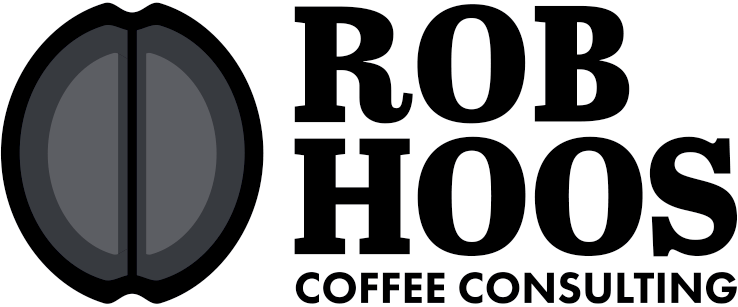Roasting Defects
In the work that I have done in education within the coffee roasting community, I’ve found that there is one comical challenge that we constantly face. That is clarity of communication. Part of the reason is that despite tremendous efforts by the SCA, there is a lack of agreement within the industry regarding what certain words mean. Recently, I’ve been noticing this surrounding terminology for roasting defects. So, I wanted to create a quick TL;DR cheat sheet for vocabulary regarding objective and subjective roasting defects to bring clarity. I will use terminology that I think is descriptive and link it with current SCA terminology.
OBJECTIVE PHYSICAL DEFECTS
Normal Coffee
There is an excellent texture to this light roast. No burning (the darker parts are just from the coffee not being fully expanded).
Tipping
Tipping
I’ve written a booklet about tipping. You can find out more here. It is a result of the endosperm cap and possibly the germ of the coffee seed undergoing heat damage. It is visually noticeable post-roast, and the cup's flavor is affected—generally a burnt aftertaste.
Early Roast Scorching
Minor Scorching
Here is a picture of minor scorching. When the metal of the roaster is too hot and where the coffee comes in contact, it burns the surface of the coffee. This is not visually detectable in the finished roasted product but will impact the taste.
Typical Scorching
Same as above, but this is the level I frequently see when helping clients. Much easier to spot in the trier. A more profound burnt aftertaste, once again, can disappear in the finished roasted product visually due to bean expansion.
Major Scorching
It will be very noticeable, possibly even just the evolution of the minor and typical scorching, if corrective measures are not taken. It may end up as faced.
Late Roast Scorching
Minor Facing
Facing is caused by thermal damage due to conduction late in the roast. It is visible in the finished roasted product and generates a burnt flavor and aftertaste. It could stem from: an overloaded drum, too slow of drum speed, too hot of drum / high heat application at the end of the roast.
Major Facing
Same as above, but it is more severe.
Charring
Blackened beans at the end of the roast. It can stem from excessive heat application from conduction or convection at the roast's end. Too hot of air or hotspots can wreck the coffee. Usually, the whole bean is blackened to be considered “charred.”
Twice Roasted Beans
Sometimes, coffee beans linger from the last roast and hitch a ride with the next roast. These beans taste a lot like carbon. This is an issue of some physical elements inside the roaster retaining them between batches.
Chipping
Chipping
Only a few things are written about this one. It is said only to have a visual impact and no sensory impact on the taste of the coffee. I suspect that as dark roasting reduces the moisture content in the seed, the coffee goes back through the glass transition while in the roaster, and if there is a pocket of pressure, the brittle coffee cannot contain it, and it just blows a chunk off. It looks cool, though!
SUBJECTIVE ROASTING DEFECTS
It’s worth noting that I will likely not post photos as these defects are… well… subjective. I happily advise clients about what I consider to fit these descriptions in my roasting training sessions or classes, but there is too much subtlety and nuance to get into writing it here. Also, many of them come in pairs, so that is how I will write about them. If someone uses a subjective roasting defect to describe your coffee, it just means they didn’t like it. 🤷🏻 Ultimately, beauty is in the eye of the beholder.
Over and Under Developed Coffees
When we are referring to under and over-developed coffees, we are specifically addressing the length of time from the beginning of the first crack to the end of the roast. If someone suggests your coffee is underdeveloped, it probably means that it was too: vegetal, metallic, acidic, bright, or grainy for them. If they suggest it is overdeveloped, then they are finding it to be too: flat, low-acid, chocolaty, roasty, or dull for their tastes.
Over and Under Roasted Coffees
Separate from development time, this focuses on the end temperature, end color, or maybe end weight-loss percentage that was chosen for the coffee. Someone suggesting that your coffee is over-roasted likely means it is too: chocolaty, smokey, or roasty for their taste preferences. If they point to it as being under-roasted, then they likely find it to be too: grainy, vegetal, or acidic.
Baked
This one is so rife with nuance and caveats that I won’t touch it with a ten-foot pole here. Sufficed to say, if someone says that your coffee is baked, they mean they don’t like it. I feel like there are so many variations within our industry of how different people describe the phenomena of “baked” coffee that it has become virtually meaningless, so I generally try not to use this terminology. Instead, I focus on all of the other terms listed above.












